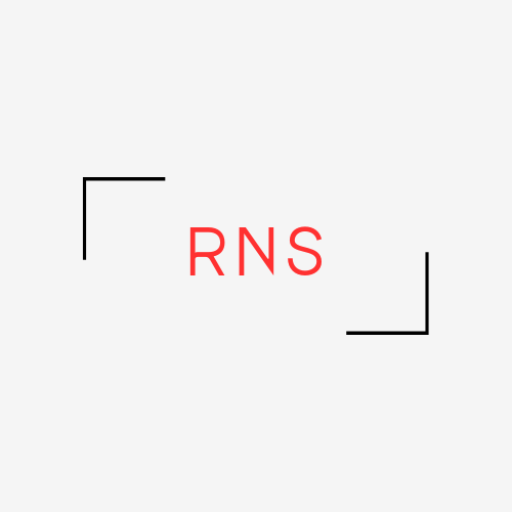Free mobile screening mammography improves breast screening access for uninsured women, but doesn’t lead to follow-up adherence, according to a presentation given April 30 at the American Roentgen Ray Society (ARRS) annual meeting in San Diego, CA.
In her discussion, Lidiya Biltibo, MD, from the University of Texas Medical Branch in Galveston highlighted the success of her team’s community outreach efforts with a mobile screening mammography van, which has provided over 2,200 exams since 2011. However, most of these women did not receive further workup.
“Despite the progress made, many challenges remain in providing life-saving screening imaging to underserved populations,” Biltibo said.
Breast radiologists continue to explore ways to successfully implement programs and initiatives to increase access to cancer screening. Previous research shows that there are significant disparities in screening mammography rates based on income level and access to healthcare.
The Biltibo team studied the outcomes of a community outreach program that provides awareness and free onsite screening mammography for uninsured women. Since 2011, the team has provided mammograms in Galveston County with its mobile mammography bus. It has partnered with various community centers, churches, synagogues, and other organizations to reach out to uninsured and underinsured women.
The women were provided a questionnaire and educational materials to women who were willing to have their mammogram done. These covered routine screening mammography and alternative recommendations for women with a higher risk of developing breast cancer. Women included in the program were those over 40 years of age and without mammography coverage through their insurance. Women who had a mammogram within the last 12 months were among those excluded.
The researchers reported that 2,894 women were scheduled since 2011 to receive free screening mammograms. Of these, 2,202 underwent mammography, with 1,575 being uninsured. This finding represented a no-show rate of 24%.
And of the women who completed the study, 95 (4.3%) underwent follow-up, which included diagnostic imaging and tissue sampling. This resulted in a final diagnosis of six breast cancer cases that would otherwise have remained undetected.
Biltibo said the program has been successful in providing screening mammograms to these women, but she acknowledged challenges from the team’s experience. She said that access to further diagnostic workup is a major factor hindering early breast cancer diagnosis in underserved populations, citing the added costs of diagnostic workup for women who may have to pay out of pocket. Biltibo called for working with the community and nongovernmental organizations to come up with solutions to this challenge.
Biltibo also suggested that text reminders and transportation services could help with the no-show rate.
“Accurate data tracking methods are required for screening mammograms and callbacks for diagnostic workup so that in cases of no-show, patients are followed and issues are addressed,” she said.
Biltibo said the team is planning on a prospective study focusing on the differences in recall rates between women who were screened via the mobile mammography bus and women who are conventionally screened.

Leave a Reply